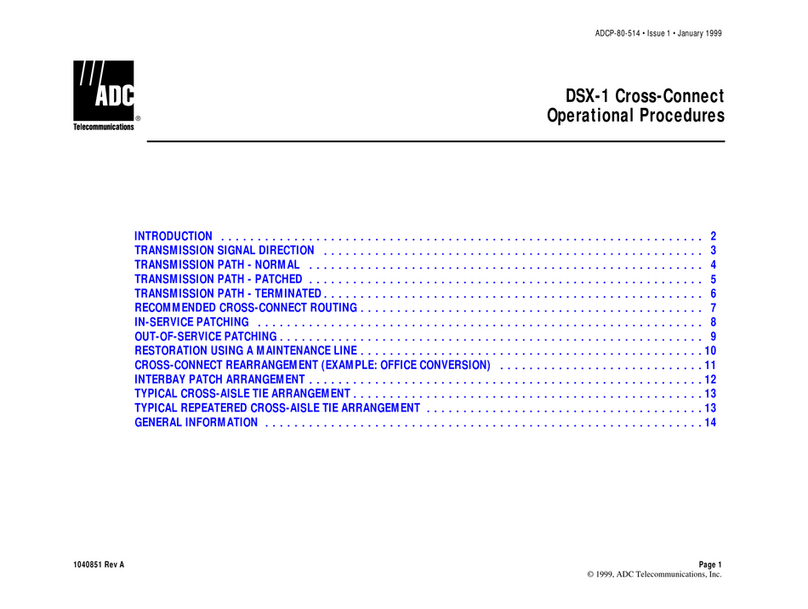
8
2. After logging in, select “Country/Region” and “Time Zone”, then “Change
Password” and click “Next” to continue.
Note: Password length cannot exceed 30 characters or be less than 6 characters.
English letters, numbers and some special characters (_ - . / " |) can be included.
3. Set SSID, encryption mode and password for your wireless network. The default
encryption mode is “WPA2-PSK”. If your device supports “WPA3/WPA2-MIX”,
select “WPA3/WPA2-MIX”. Click “Next” to complete the setup.
Note: SSID length Maximum cannot exceed 31 characters and 10 Chinese
characters, and special characters ( , # ; $ & ( ) * < > \ ` ), line feed, space and
carriage return cannot be included.
Note: WiFi Password length cannot exceed minimum 63 characters or less than 6
characters. English letters, numbers and some special characters (_ - . / " |) can be
included.



























